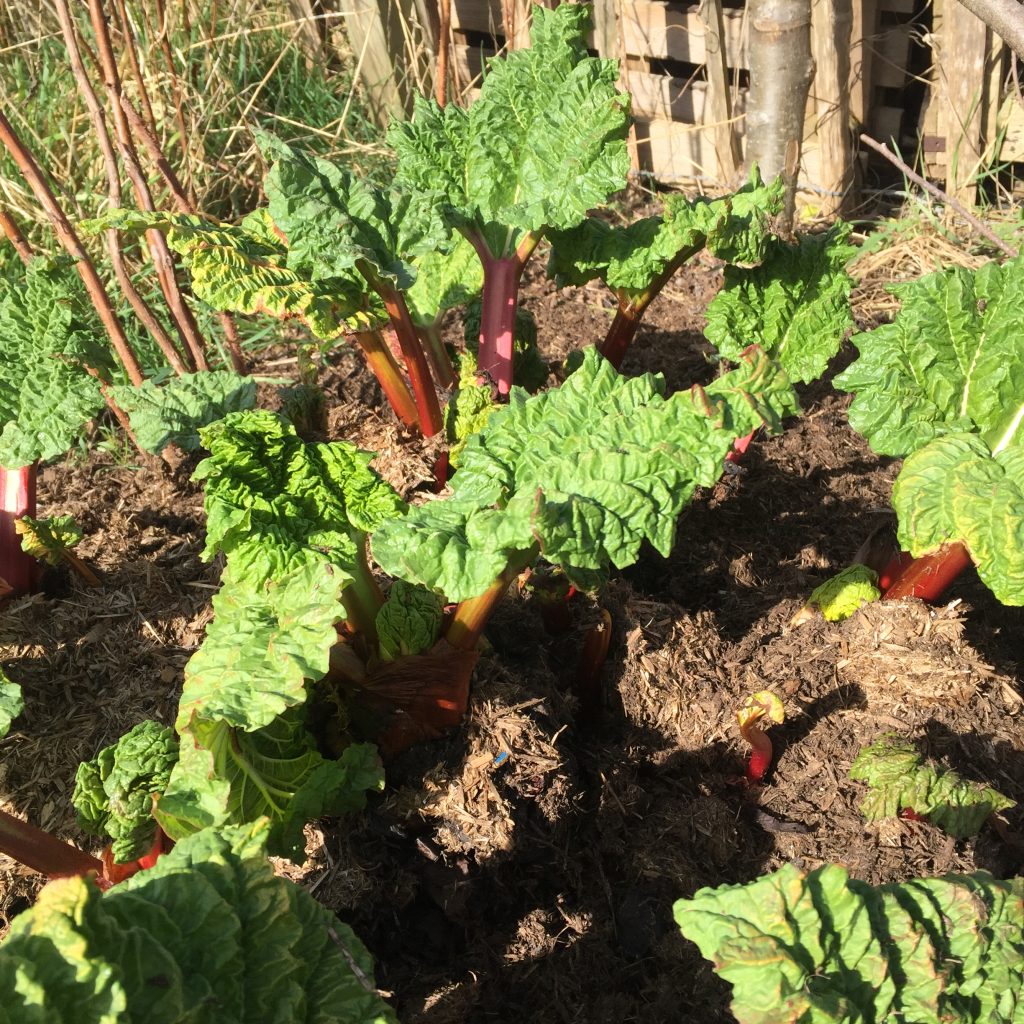You know that you’re in trouble when vegetables make headline news, unless of course, it’s August (and there’s nothing to write about), or it’s the annual heaviest pumpkin story. It’s February: we’re in trouble.

This week, most British supermarkets have limited the amount of tomatoes, cucumbers and peppers that each customer can buy. Some have included lettuce, salad bags, raspberry punnets, cauliflower and broccoli.
Why has this happened? Because the weather in parts of Europe and Africa, where our food is grown, hasn’t been clement. Meanwhile, here in the UK, many British growers can’t get started because of the price of heating their greenhouses.
Without wishing to sound like the prophet of doom, we only have more of this to come. The war in Ukraine, climate change and our increased reliance on imported food make us vulnerable to problems in the food chain.
However, the key issue is that being limited to three punnets of tomatoes really isn’t a problem. It’s all a question of the management of expectations and our expectations have gone a bit wonky.
When, and why did we think that buying as much of what we wanted whenever we wanted was a good thing? It’s absolutely shocking for the planet. Just think of the carbon footprint of raspberries grown in Africa for us to eat here in the winter. We grow our own in the summer and autumn. If it wouldn’t hurt, I’d bang my head against the wall.
The natural, cheapest and most joyous way to eat is seasonally. Fruit and vegetables come in and out of season, and buying them when they’re being grown in the UK means that they’re fresh, at their most nutritious and tasty, and cost us less.
I look forward to the first asparagus of the year, the first broad beans, the first lettuce even picked from the allotment. Let’s be honest, I enjoy the first of everything, love eating whatever it is while it’s around, and then cheerfully welcome the next new thing. Right now, I have my eye on the rhubarb which is about a foot long. It won’t be too many weeks, I tell myself, until I’m making the first rhubarb crumble of the year.
However, it’s a bit of a thin old winter down on the allotment. Why? Last winter was very dry. It was followed by a dry spring and then, as we all know, a very dry summer. It simply wasn’t possible to get the water that I needed. So, my winter plants didn’t flourish. This means that, unlike previous years, I’m not feeding myself until the end of March. The very cold snaps haven’t helped, obliterating the usually-hardy rainbow chard and perpetual spinach. All I have left is about a dozen leeks , a lone stem of purple sprouting broccoli (compared with nine last year) and a bed of lamb’s lettuce that’s taking all the weather and thriving. It’s something.
So, I have to buy fruit and vegetables too. Today, before church I headed to the farmers’ market. Here, farmers must live within a 30-mile radius of the market, so we all know the food is local. I’ve been buying from the same two vegetable growers for at least 20 years. Today I bought a butternut squash, a swede, parsnips to make soup, celery and chard. There was plenty to be had.
We really don’t need to get trapped into the it’s-not-in-the-supermarket nonsense. We can take two simple shopping steps to avoid this altogether, and save money. First, buy seasonally. In February that means beetroot, carrots, onions, swede, turnips, potatoes, celery, broccoli, purple sprouting broccoli, chard, spinach, celeriac, leeks, cabbages and sprouts.
Second, buy locally. This opens you up to the whole world of lower prices when things are in glut, keeps local farmers in business, and stops your food travelling half way across the world.
Our local farmers’ market is a shadow of what it was, but it still offers meat, game, fish, milk, cheeses, bread, all kinds of delicious-looking cakes, cooking oil, pies, honey and yes, fruit and vegetables.
It really is cheaper, and it’s the sensible choice if we want to go on eating healthily in the medium to long term.
Of course, there’s a third thing we can do, and you knew I’d say this. We can grow our own. During my parents’ wartime childhood, it was a requirement to turn your garden over to food production. There was rationing. This was the way to supplement your diet.
I’ve been wondering about moving house recently, and the garden is the biggest part of the deal for me. I can tell you from thorough Rightmove research that most gardens are laid to very scrappy lawn, whilst some are paved over entirely. I have only seen one with a vegetable plot, and one other with a garden that you could genuinely call productive and delightful, and believe me, I’ve been looking.
Now, not everyone has a garden, but many people do. Imagine the difference it would make if we all grew some of our own vegetables. And honestly, it isn’t that difficult. There are successes and failures like anything in life, but it’s not nuclear physics.
A garden, however, isn’t necessary. Window boxes can be home to tumbling tomato plants, herbs and lettuces. Strawberries can be grown in hanging baskets. So, why worry about the supermarkets, and turn this spring and summer to making the best of the space you have? You’ll never look back.

Well said, Hazel!
I too eat season veg, and keep wondering why others miss the tasteless winter tomatoes. But then Matt reminds me- not everyone has a pantry full of jarred fruit and veg. Yesterday I opened the last jar of sauerkraut- sign of spring for me 🤭
Your pantry sounds fabulous Kasia. I’ve still got some canned tomatoes left and they are truly delicious. Roll on spring.